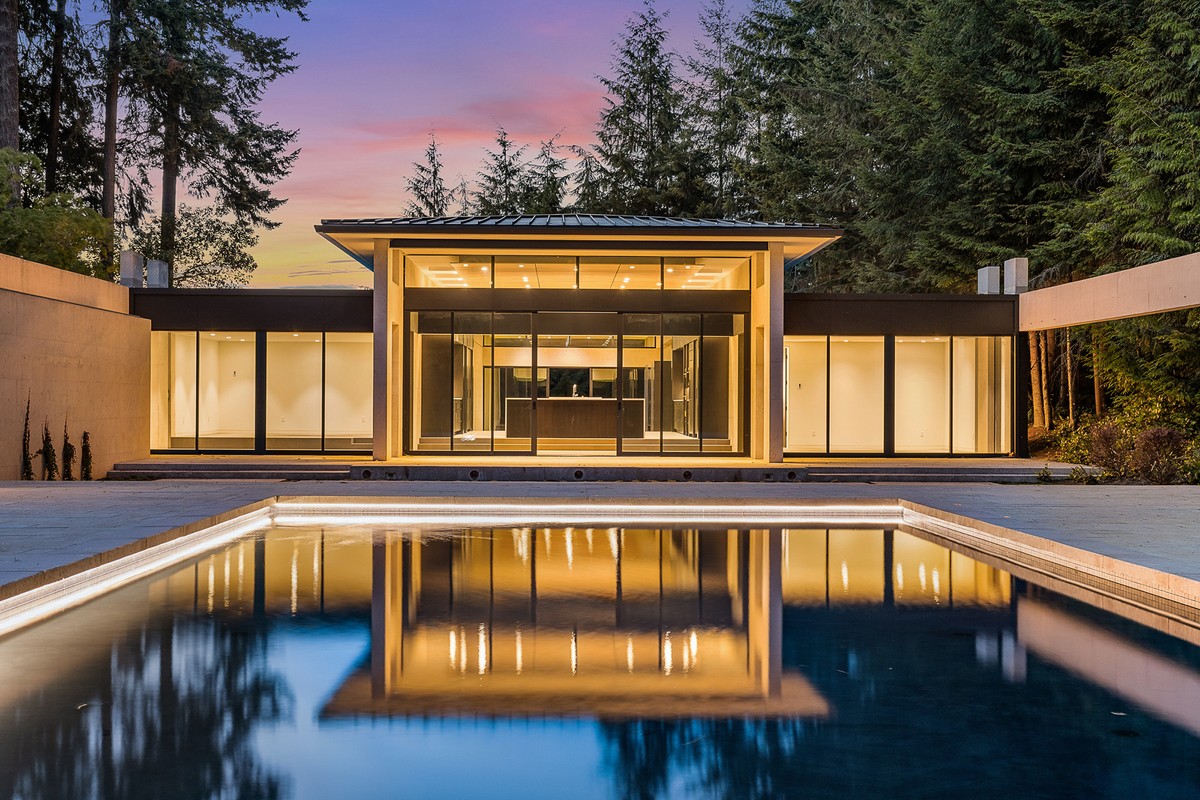Millennials are entering the home-buying market en masse, shedding their title of the “renter generation” as they reach new life milestones, with 4.8 million millennials turning 30 in 2021. And they’re increasingly relying on wealth transfers, according to real estate agents.
“Most millennials are utilizing a transfer of wealth from their parents, grandparents, or a relative to purchase property. And even when parents are buying, their millennial kids are often the ones making the decisions because it’ll be theirs one day,” says Jonathan Spears, agent, Scenic Sotheby’s International Realty, based in Destin, Florida.
Nearly US$70 trillion will be passed down from older generations between 2018 and 2042, according to data from market-research firm Cerulli Associates, and more millennials continue to use their share for real estate, with home showings becoming more of a family affair.
Spears says baby boomer–aged buyers are bringing their millennial kids to showings and having them ultimately make the purchasing decision. They factor in attractive features such as developments that include community pools, tennis courts, and other amenities fit for remote-work life, in addition to proximity to towns and entertainment.
The number of young adults aged 25 to 34 purchasing homes with a co-borrower aged 55 and up has increased since 1994, according to a survey from Freddie Mac’s portfolio of purchase loans. While 1.3% of young adult first-time home buyers listed adults over 55 as co-borrowers in 1994, that number increased to 3.2% in 2018.
WHERE THEY’RE BUYING
Some millennials in the U.S. have left big cities like New York, Los Angeles, and San Francisco to head west and down south to places like Denver, Colorado; Seattle,Washington; Phoenix, Arizona; and Austin, Texas. Many are looking just outside of big cities, with 47% of millennial homeowners reporting they live in the suburbs rather than urban and rural neighborhoods, according to market data from Zillow.
More than 33,000 millennial residents moved to Texas; Colorado saw more than 29,500 new millennial residents; and Washington state saw more than 25,000 in 2019, according to the most recently available migration data from the U.S. Census Bureau analyzed by SmartAsset. Arizona saw more than 20,000, while Florida had around 14,000 millennial residents move to the state, the same data shows. North Carolina, Ohio, Tennessee, Idaho, and Pennsylvania rounded out the list of top 10 places where millennials are moving.
“Millennials are making sure they have a great home office and access to amenities, whether it’s a private pool at the house or in the community, a clubhouse, or tennis court,” Spears says. “We have also found that affluent millennials are choosing to reside in the more established communities that promote new urbanism and convenience to world-class amenities including restaurants, shopping, and boutique grocery stores.”
In his particular market, there’s been a demand in Walton County, Florida’s WaterSound property development, Seaside, and Rosemary Beach neighborhoods, he says.
The National Association of Realtors’ 2021 Home Buyers and Sellers report found that buyers aged 22 to 30 were most likely to purchase a new home for the community’s amenities.
MOVE-IN READY HOMES
Turnkey properties that are move-in ready and don’t require major renovations or repairs are also increasingly attractive to millennials, particularly those looking in the luxury space.
“Most millennials don’t want to do work on a property to avoid dealing with the challenges of getting permits, paired with the mentality that they’re too busy working and value time with friends over remodeling or taking on a big project,” says Greg Fulford, luxury real estate agent, Sotheby’s International Realty–San Francisco Brokerage.
This modern marvel designed by Arthur Erickson, in Shoreline, Washington, has striking water features,
Realogics Sotheby’s International Realty
CONVENIENCE TO JOBS, CULTURE
When it comes to factors influencing neighborhood choice, 74% of home buyers aged 22 to 30 and 63% aged 31 to 40 say buying homes conveniently located to their jobs was a factor in their purchase, according to recent NAR data. And 34% of buyers aged 22 to 30 and 27% aged 31 to 40 say buying a home in a neighborhood that’s located near entertainment and leisure activities was also a priority; while more than half (55%) of millennials surveyed say general proximity was an influencing factor, according to the same NAR data.
“With millennials, the biggest factor in real estate and what’s driving price is proximity—to work, restaurants, coffee shops—that’s always been a driving factor. What’s interesting is despite Covid, it’s still an important factor,” Fulford says.
BUYING WITH SMART HOMES IN MIND
Having a home fully equipped with automation systems for things like lighting, temperature control, entertainment systems, and appliances is also a driving component in the millennial home-buying experience, with 17% of home buyers aged 22 to 30 and 10% of those aged 31 to 40 saying smart-home features are why they purchased new and previously owned homes, according to NAR data.
Sweeping views and high-end amenities are all part of this condominium at the Waldorf Astoria Residences in Atlanta’s Buckhead neighborhood
Atlanta Fine Homes Sotheby’s International Realty
This article originally appeared at https://www.sothebysrealty.com/eng/millennials-make-their-mark




 Facebook
Facebook
 X
X
 Pinterest
Pinterest
 Copy Link
Copy Link





